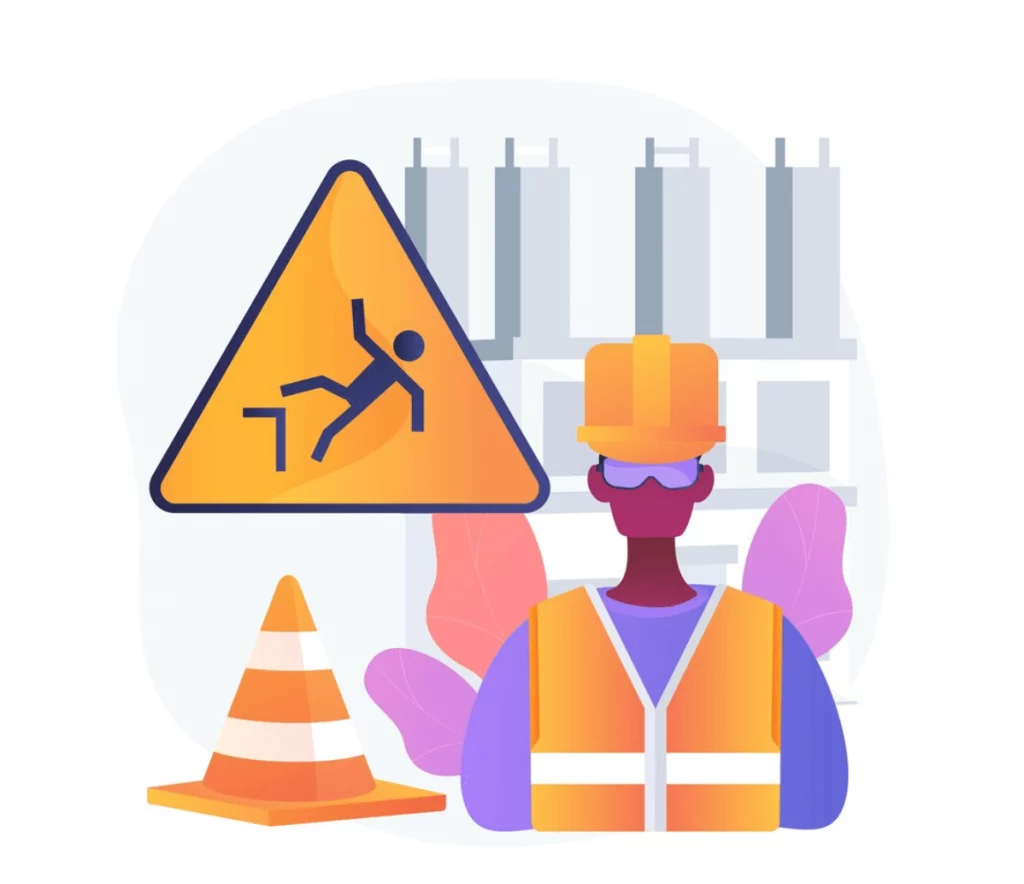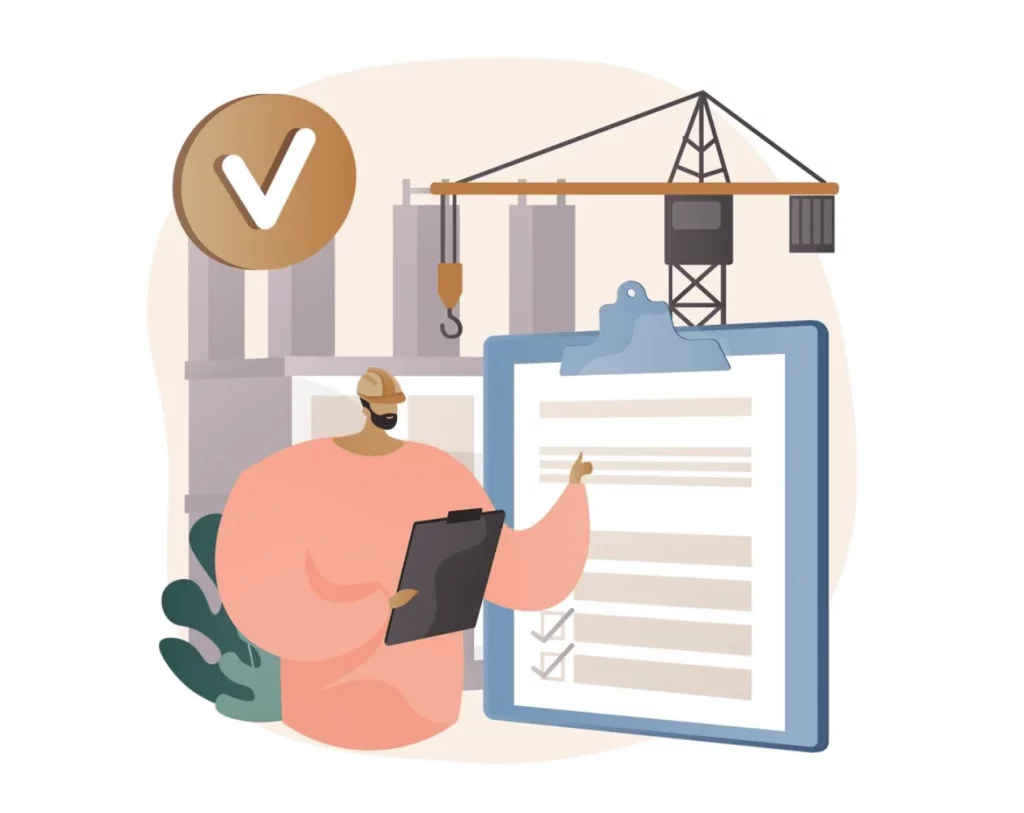The breakdown of a machine can have a significant impact on a company’s production and economic performance. This is why maintenance of industrial equipment is essential to ensure operational continuity and maximize the lifespan of assets. Two distinct but complementary approaches are commonly used in this context: preventive maintenance and corrective maintenance.
- Preventive and Corrective Maintenance: Definitions
- Preventive and Corrective Maintenance: What Are the Differences?
- Why Plan Preventive and Corrective Maintenance?
- New Technologies and Digitization of Maintenance
Effortlessly Plan Your Maintenance Operations with the #1 Solution, Nomadia!
Preventive and Corrective Maintenance: Definitions
Preventive Maintenance
Preventive maintenance can be defined as a proactive approach aimed at anticipating and preventing potential equipment and system failures. It focuses on identifying and resolving anomalies before they compromise productivity.
In other words, it involves a set of planned and regular actions to keep equipment in good working condition, thereby minimizing unplanned downtime and associated costs.
Corrective Maintenance
Corrective maintenance comes into play when failures occur, requiring immediate corrective actions. A deep understanding of this concept helps optimize the operational performance of your infrastructure.
Corrective maintenance is characterized by its reactive role. It activates after equipment exhibits signs of malfunction or experiences a breakdown. Its primary goal is to restore the normal functionality of the device, thus minimizing downtime and disruptions in operational processes.

Preventive and Corrective Maintenance: What Are the Differences?
Preventive Maintenance: Anticipating to Preserve
Preventive maintenance is a proactive strategy aimed at anticipating potential equipment failures. It relies on regular inspections, testing, and planned actions. The objective is to identify early warning signs of problems and intervene before a breakdown occurs.
In practice, this translates to:
- Regular maintenance schedules,
- Planned part replacements,
- Preventive adjustments.
This approach helps reduce the risk of unexpected breakdowns, optimize equipment performance, and save on emergency repair costs.
Corrective Maintenance: Reacting Effectively
Corrective maintenance comes into play after a failure or breakdown occurs. It is based on corrective interventions in response to a specific issue. The main goal is to quickly restore equipment functionality.
Corrective maintenance actions may include repairing or replacing faulty parts, restoring essential functionalities, and implementing temporary measures to limit operational impact. While corrective maintenance is often more time and resource-intensive, it remains essential for addressing unforeseen incidents.
Complementary for Optimal Asset Management
In reality, preventive and corrective maintenance are not mutually exclusive approaches. A balanced combination of both optimizes asset management. Prevention reduces risks, but a swift response to critical breakdowns is equally essential.
Keep your appointments and optimize your technicians’ activity and time!
Nomadia Field Service is the go-to solution for planning and managing maintenance interventions!
Why Plan Preventive and Corrective Maintenance?
Meticulous planning of preventive and corrective maintenance is a crucial pillar for ensuring optimal equipment performance within any company, with a focus on corrective maintenance to effectively address unforeseen issues.
- Optimization of Operational Reliability
Preventive maintenance, focused on regular inspections and planned adjustments, aims to anticipate and prevent potential failures. However, it partners with corrective maintenance, which intervenes during unforeseen incidents, to ensure maximum operational reliability and minimize unplanned downtime.
- Cost Reduction and Efficiency Improvement
Preventive maintenance offers cost savings by reducing emergency repair expenses, while corrective maintenance intervenes specifically when unexpected failures occur. This complementarity optimizes operations’ efficiency by reducing potential disruptions.
- Prolonging Equipment Lifespan
While preventive maintenance contributes to extending equipment lifespan, corrective maintenance allows a swift response to undetected problems. This synergy ensures balanced management of wear and tear and failures, guaranteeing the longevity of company assets.
- Compliance with Standards and Regulations
Corrective maintenance also plays a role in complying with standards. By promptly addressing anomalies, it helps companies avoid potential violations and maintain a regulatory-compliant image.
- Enhancement of Workplace Safety
Corrective maintenance, by targeting unforeseen failures, directly contributes to workplace safety. It minimizes the risk of incidents related to malfunctioning equipment, reinforcing the commitment to employee safety.

New Technologies and Digitization of Maintenance
Preventive and corrective maintenance undergo significant evolution thanks to advances in new technologies and process digitization. These innovations offer unprecedented opportunities to optimize equipment management while minimizing unplanned downtime.
- Preventive Maintenance in the Digital Era
In a context where prevention takes the spotlight, preventive maintenance emerges as a fundamental pillar of asset management strategies. Continuous equipment monitoring, facilitated by smart sensors, allows anticipation of potential failures.
Integrating preventive maintenance into daily operations ensures increased efficiency. Advanced algorithms analyze real-time data, identify trends, and predict failures before they occur. Consequently, companies can schedule interventions at opportune times, avoiding major disruptions in their production.
- Towards More Responsive Corrective Maintenance
Digitization also plays a significant role in corrective maintenance. Incident management systems are now centralized and accessible in real-time, offering complete visibility into equipment status. This increased responsiveness enables quick action in case of breakdowns, reducing repair times.
Utilizing technologies such as artificial intelligence and machine learning improves the accuracy of diagnosing failures. Maintenance teams are guided more effectively in their interventions, facilitating speedy issue resolution.

